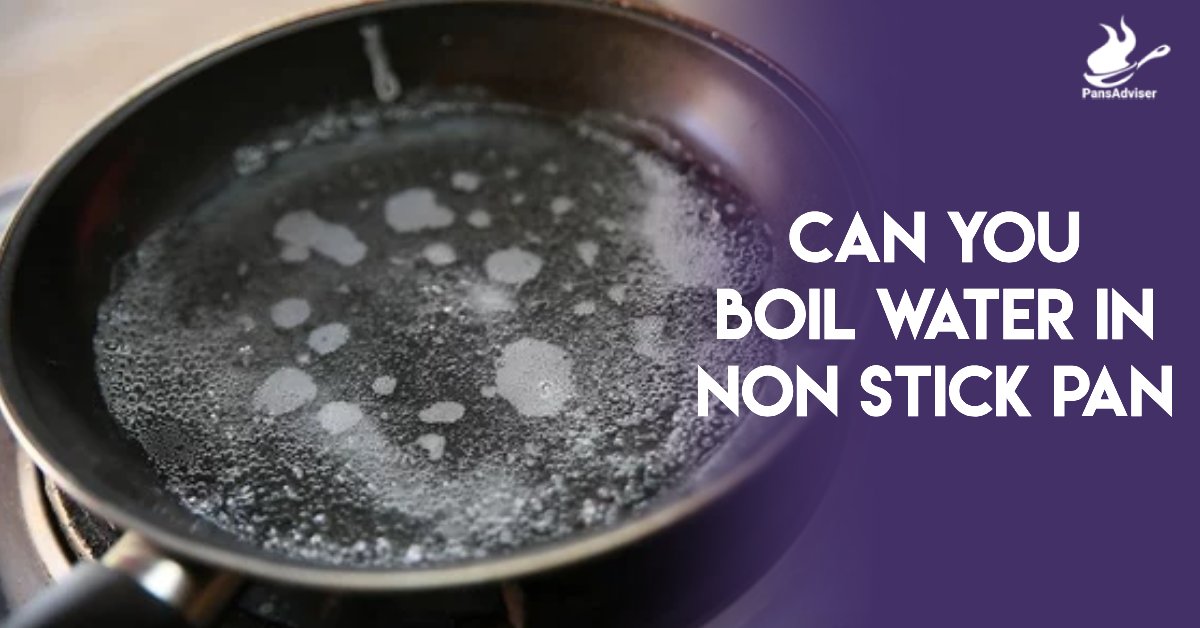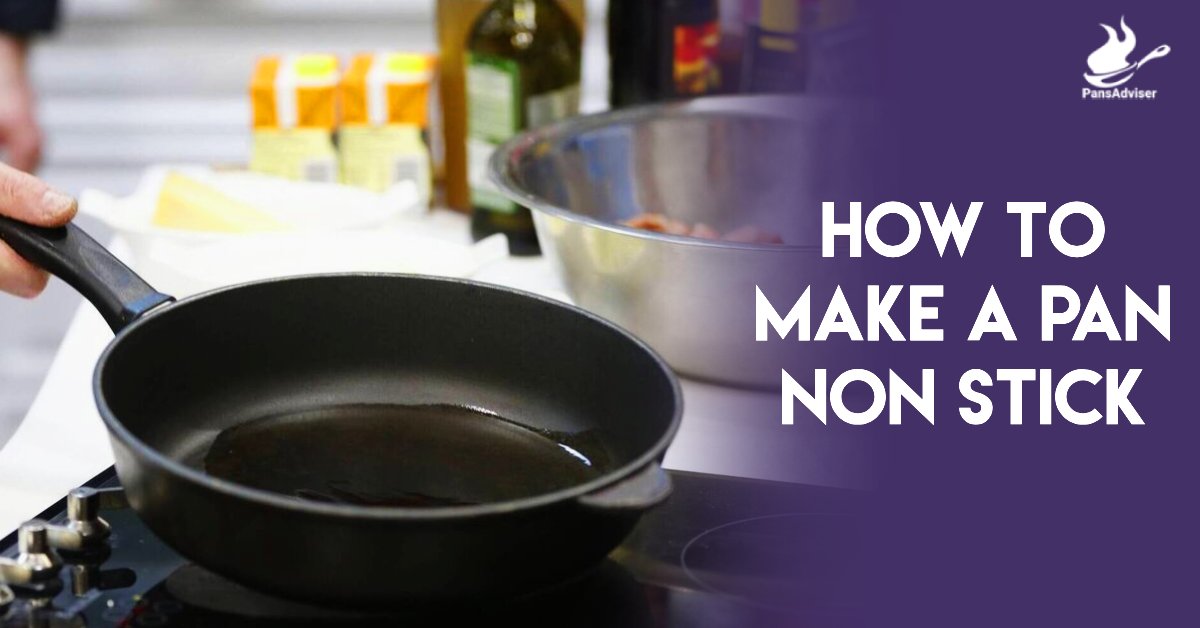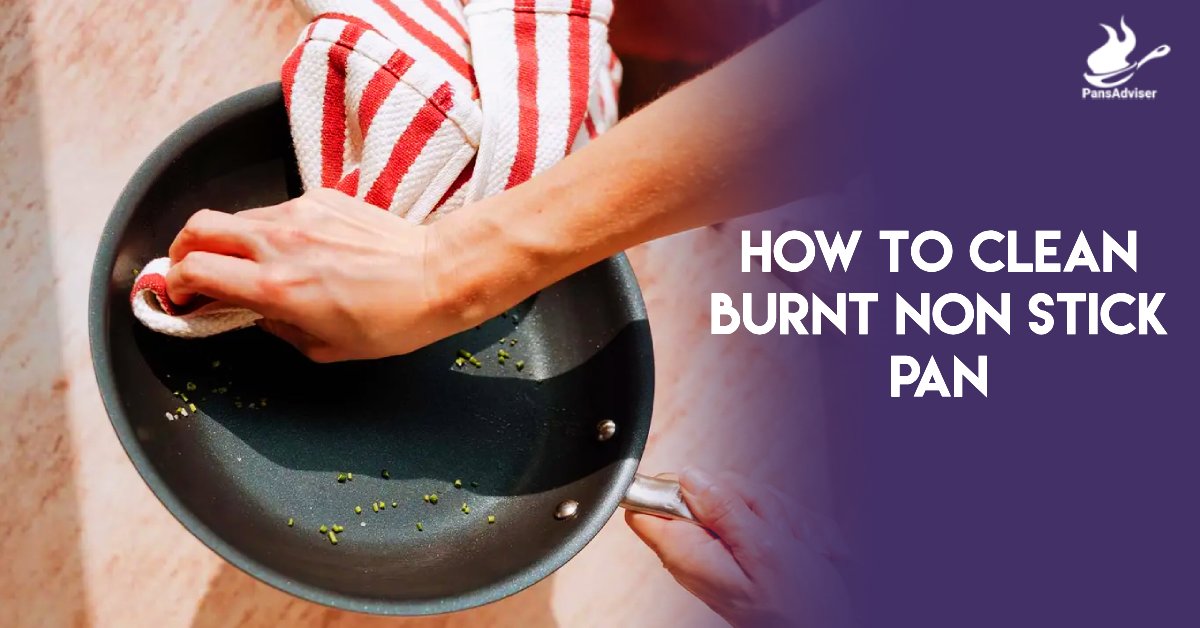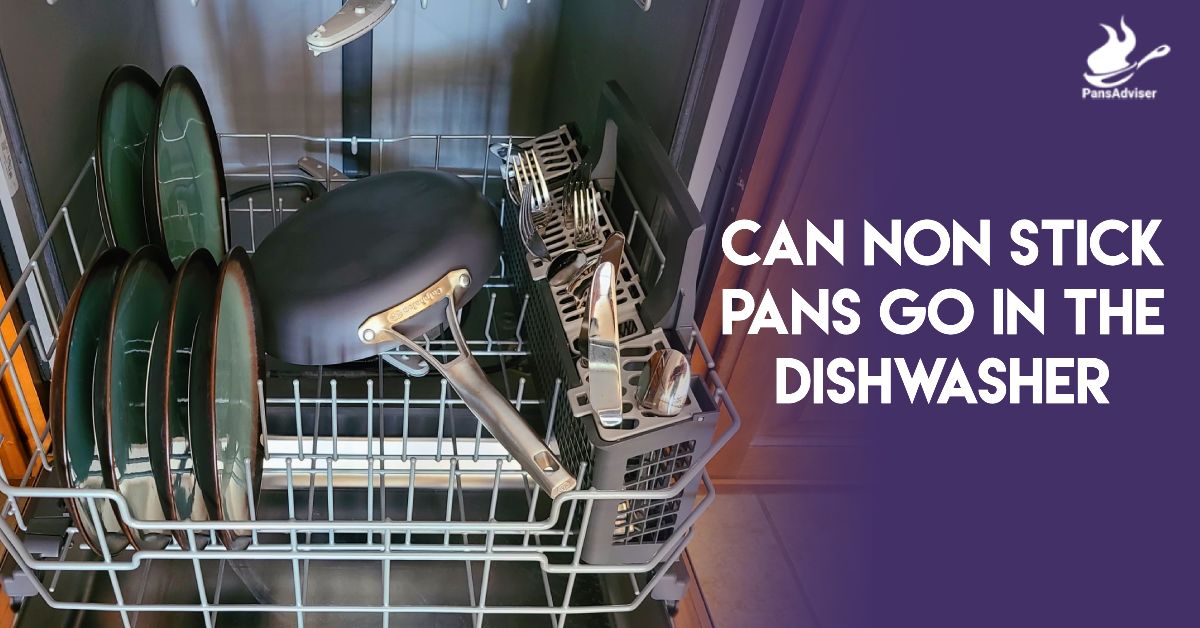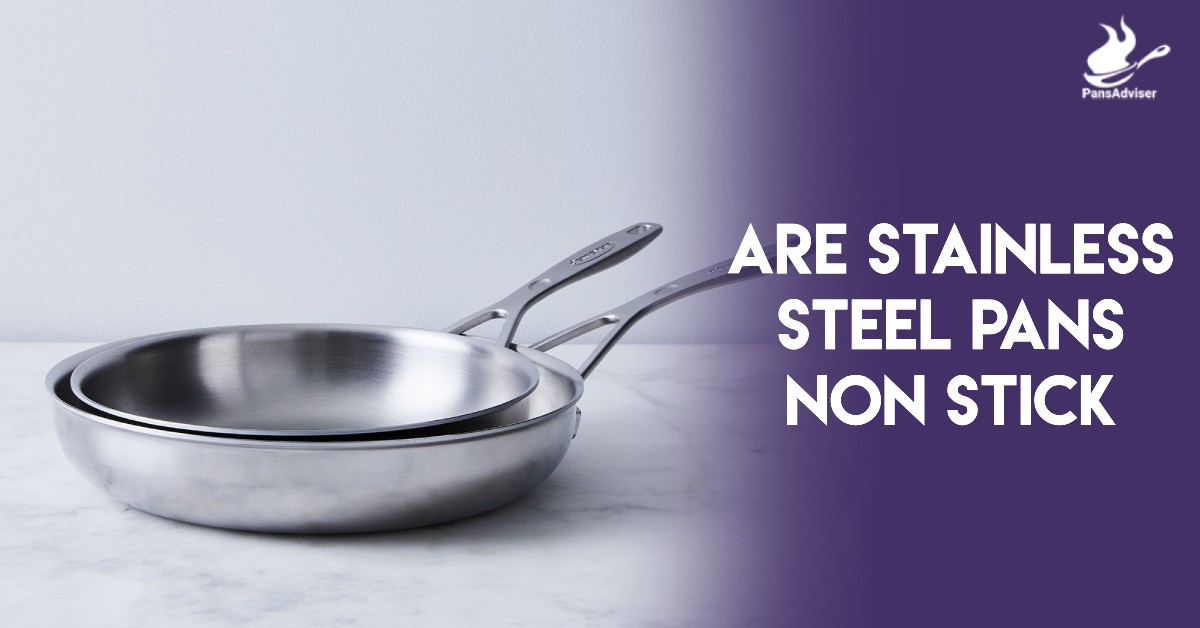The question, “are stainless steel pans non-stick?” often sparks a comparison with cookware featuring a stainless cookware non-stick coating.
Table of Contents
ToggleThis inquiry delves into the fundamental differences between two essential types of kitchen utensils, each offering its unique set of advantages and characteristics.
Stainless steel pans are celebrated for their durability, versatility, and capacity to endure high temperatures. However, they lack the inherent non-stick properties found in some other types of cookware.
On the other hand, cookware boasting a non-stick coating provides the convenience of easy food release and effortless cleaning.
Navigating these distinctions is crucial for discerning cooks seeking the perfect match for their culinary needs.
Characteristics of Stainless Steel Pans
Stainless steel pans boast remarkable properties and versatility in the kitchen. Despite their many advantages, it’s essential to dispel any misconceptions about their non-stick capabilities.
Properties and Advantages
- Durability: Stainless steel pans are exceptionally durable, resistant to scratches, dents, and corrosion. This durability ensures longevity, making them a sound investment for your kitchen.
- Even Heating: Stainless steel pans distribute heat evenly, preventing hot spots and ensuring consistent cooking results. This feature is particularly advantageous for achieving perfectly cooked dishes.
- Versatility: Stainless steel pans are highly versatile, suitable for various cooking techniques, including searing, sautéing, frying, and braising. They can seamlessly transition from stovetop to oven, enhancing their utility.
Addressing Misconceptions
Despite their many merits, it’s important to clarify misconceptions about the non-stick properties of steel pans.
Unlike pans with non-stick coatings, stainless steel pans do not inherently resist sticking. However, with proper preheating and the use of adequate oil or fat, sticking can be minimized.
Techniques such as deglazing can also help release food particles stuck to the pan, improving the cooking experience.
In summary, stainless steel pans offer numerous advantages, including durability and even heating.
While they may not possess the inherent non-stick properties of coated pans, understanding how to properly use and care for stainless steel pans can optimize their performance in the kitchen.
Are Stainless Steel Pans Non-Stick?
When it comes to non-stick stainless skillet performance, several factors come into play. Understanding these factors is essential for achieving optimal cooking results and prolonging the lifespan of your cookware.
Surface Texture
- Smooth Surfaces:
- Smooth surfaces on stainless steel pans offer less surface area for food particles to adhere to, resulting in a more stick-resistant cooking experience.
- The smoother the surface, the easier it is to release food without sticking, making smooth-surfaced stainless steel pans ideal for delicate items like fish and eggs.
- Textured Surfaces:
- Textured surfaces, such as those with a brushed or matte finish, may provide additional grip for food, increasing the likelihood of sticking.
- While textured surfaces may be aesthetically pleasing and offer enhanced durability, they may require more attention to prevent food from sticking during cooking.
Cooking Techniques

- Preheating:
- Proper preheating of stainless steel pans is crucial for creating a thermal barrier between the pan surface and the food, minimizing the risk of sticking.
- Preheating the pan allows it to reach an optimal temperature, ensuring even heat distribution and reducing the likelihood of food adhering to the surface.
- Use of Oil or Fat:
- Using sufficient oil or fat in stainless steel pans can further reduce the risk of food sticking during cooking.
- Oil or fat acts as a barrier between the food and the pan surface, facilitating easy release and preventing sticking.
- Regular Maintenance:
- Regular maintenance is essential for preserving the non-stick properties of stainless steel pans.
- Avoiding the use of abrasive cleaning agents or utensils helps prevent scratching the pan surface, which can compromise its stick-resistant qualities over time.
Seasoning Process
- Stainless steel pans cannot be seasoned like cast iron or carbon steel pans, as they lack the porous surface required for seasoning to take effect.
- Some cooks advocate for a seasoning process involving heating the pan with oil to create a thin layer of polymerized oil on the surface.
In summary, understanding the factors influencing non-stick properties in stainless steel pans is essential for achieving optimal cooking results.
By considering surface texture, cooking techniques, and the seasoning process, you can maximize the stick-resistant qualities of your cookware and enjoy hassle-free cooking experiences.
Comparisons with Traditional Non-Stick Pans
When choosing between stainless steel pans and traditional non-stick pans, it’s essential to consider the unique characteristics and features of each option. Here’s a comparison of stainless steel pans and traditional non-stick pans:
| Criteria | Stainless Steel Pans | Traditional Non-Stick Pans |
| Durability | Highly durable, resistant to scratches, dents, and corrosion. | Less durable, non-stick coating may wear off over time. |
| Versatility | Versatile, suitable for various cooking techniques and oven use. | Limited versatility, may not be suitable for high-heat cooking methods. |
| Health Concerns | Generally considered safe, no health risks associated with usage. | Some coatings may contain chemicals that release toxic fumes at high heat. |
| Ease of Cleaning | Relatively easy to clean and maintain with soap and water. | Easy to clean, non-stick surface facilitates effortless cleaning. |
| Heat Distribution | May have uneven heat distribution, leading to hot spots. | Typically have excellent heat distribution, resulting in uniform cooking. |
| Learning Curve | Requires some practice to master cooking techniques. | Easy to use, suitable for beginners and busy households. |
| Longevity | Long-lasting with proper care and maintenance. | Non-stick coating may wear off over time, reducing effectiveness. |
| Availability | Widely available in various sizes, shapes, and price ranges. | Available in a wide range of options to suit different needs and budgets. |
| Cooking Restrictions | No limitations on cooking methods or utensils. | May not be suitable for high-heat cooking or use with metal utensils. |
In summary, the choice between stainless steel pans and traditional non-stick pans depends on individual preferences regarding durability, health concerns, cooking versatility, and ease of maintenance.
Conclusion:
In conclusion, it’s important to remember that stainless steel pans non-stick by default. But they still offer many benefits. They’re strong and can handle different types of cooking. You just need to heat them right and use the right techniques.
However, traditional non-stick pans are also popular. They’re easy to use because food doesn’t stick to them much. But they might not last as long, and some people worry about their safety.
So, it really comes down to what you like and need in the kitchen. Both types have their pros and cons. It’s all about finding what works best for you and your cooking style.
FAQs
Can stainless steel pans be non-stick?
Yes, some stainless steel pans are designed with non-stick coatings to enhance cooking performance and ease of cleaning.
Are all stainless steel pans naturally non-stick?
No, stainless steel pans typically require seasoning or the addition of fats/oils to prevent sticking during cooking.
How can I make my stainless steel pan non-stick?
Apply a thin layer of oil or use a non-stick cooking spray before cooking to create a non-stick surface.
Do stainless steel pans require special care to maintain non-stick properties?
Yes, avoid using metal utensils and abrasive cleaners to preserve the non-stick coating on stainless steel pans.
Is it safe to use non-stick sprays on stainless steel pans?
Yes, non-stick cooking sprays can be used on stainless steel pans to enhance non-stick properties.

